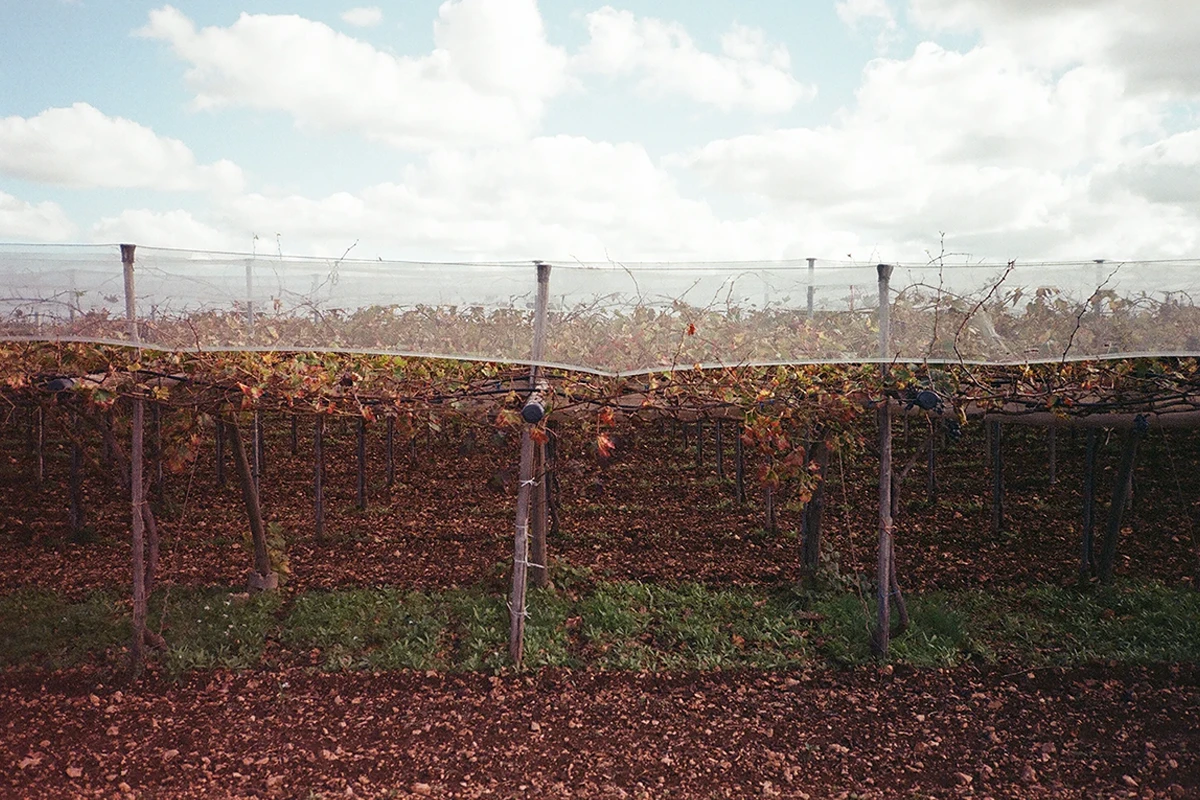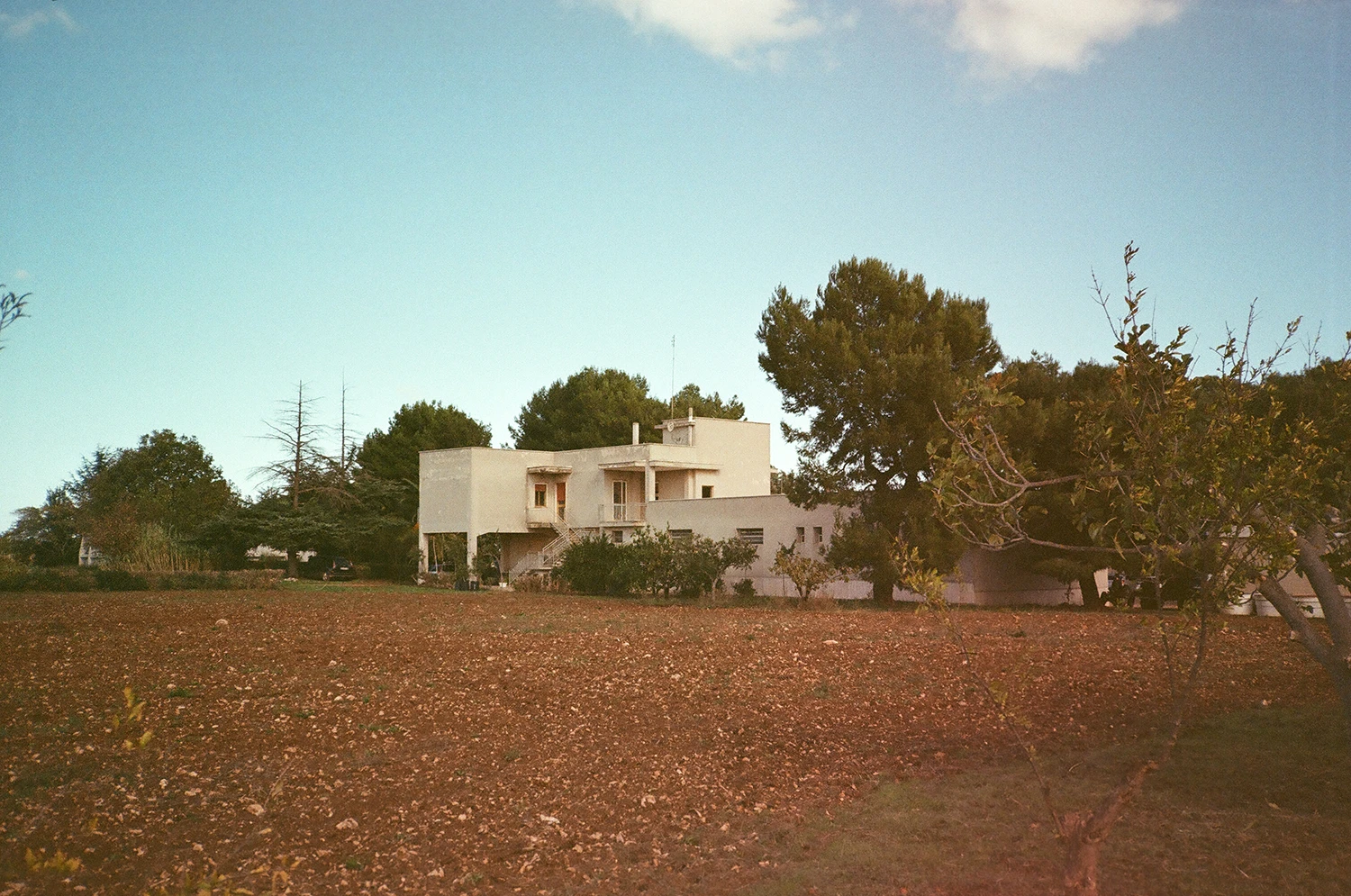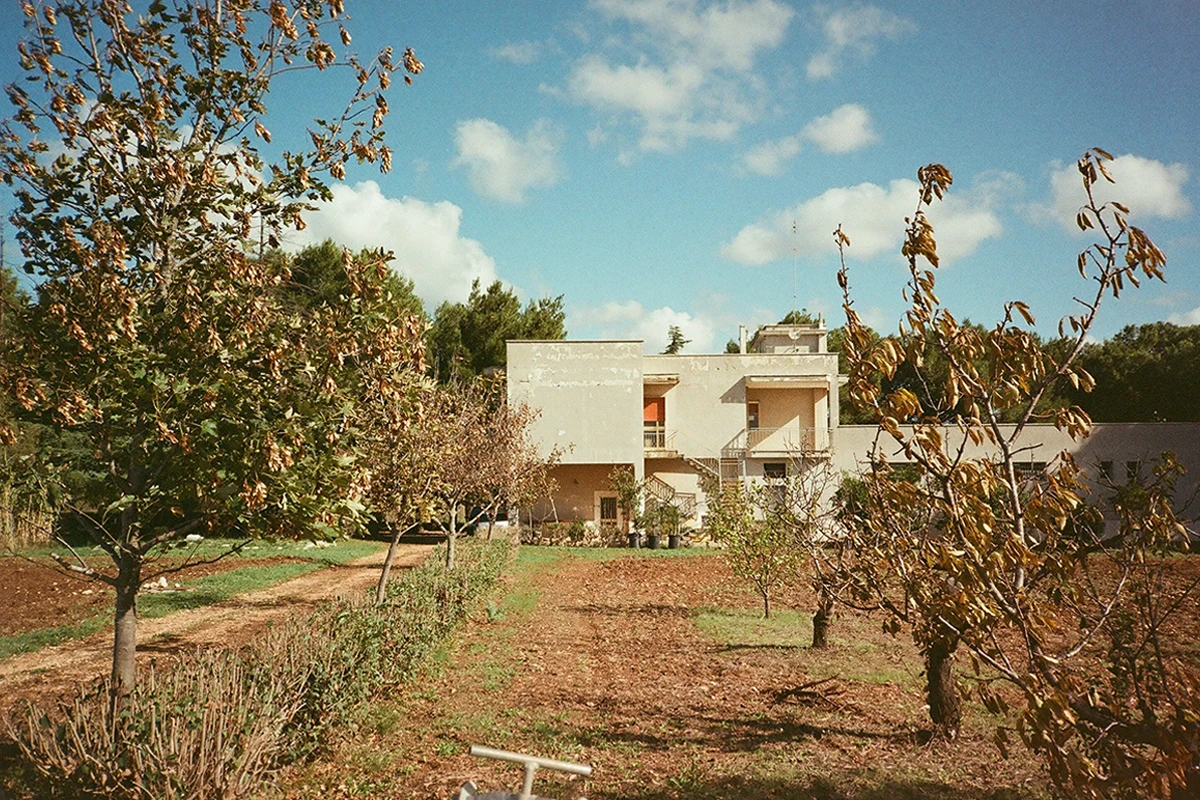
The world’s first regenerative cotton grown under agroforestry
A globally relevant case study: supported by the Armani Group, a pioneering protocol for cotton grown through agroforestry is moving forward – while the first 1,000 T-shirts reach store shelves
Armani’s Cotton T-Shirt: Made and Sourced in Italy
A cotton T-shirt from an agroforestry supply chain with fully Italian traceability: Made and Sourced in Italy — an additional designation, like in wine classifications where DOCG follows DOC. This is no small feat in a country where “Made in Italy” is both a source of national pride and an economic engine for thousands of jobs.
Today, “Made in Italy” in textiles does not include yarns actually produced in Italy; a “sourced in Italy” category does not exist. Fabrics are processed in Italy, the looms are Italian — but the yarns are imported. There are only a few exceptions, such as low-grade wools with a rough hand that rarely reach industrial output — and now, the cotton that Armani has chosen to cultivate in Puglia.
With the 2023 harvest, on July 17, 2025, Giorgio Armani presented for sale around one thousand T-shirts made from cotton grown under Italian regenerative agriculture: available in a handful of stores across Europe, the T-shirts enter the first-line collection, a tribute to Mr. Armani, who wore a cotton T-shirt every day. Cotton is the most widely used natural fibre in the world — second only to synthetics overall. Cotton cannot be grown everywhere; soil and climate must be suitable. Puglia is ideal for cotton, where the plant thrives in heat reaching 43 to even 45°C (109–113°F).
CREA Bari and Giorgio Armani: the test fields in Rutigliano, and Professor Scarascia of the European Forest Institute (EFI)
The Council for Agricultural Research and Economics — CREA in Bari — oversees seven experimental farms across Italy; four are located in Puglia. One of them, the Venezian-Scarascia farm, formerly part of Bari’s Experimental Agronomic Institute, spans about 20 hectares of publicly owned land. Thanks to funding from the Armani Group, the first cotton seeds were planted in spring 2023 across 5 of these 20 hectares. Ginning was carried out in Sicily; spinning took place at Filbest in the province of Florence.
Rutigliano, a town in Puglia, is known for its table-grape production and for its ceramic whistles, particularly cherished by the local mayor. The municipality participates in the Bio Cities project promoted by the European Forest Institute: under a European framework and through participation in EU-funded calls, Rutigliano takes part in social experiments with agricultural applications — for example, prototype systems designed to stabilise wastewater so it can be reused for irrigation.
Cotton cultivated under agroforestry is part of this protocol. Professor Giuseppe Scarascia-Mugnozza of the European Forest Institute, who coordinates the experimental project in Puglia, recounts a recent visit to Uzbekistan, where perhaps the world’s most extensive congress on agronomic techniques for cotton was held. Among all the international examples presented, the only instance of cotton cultivated through agroforestry was the very experiment underway in Puglia.
Food demand, available land and soil degradation
Some figures: today the global population stands at 8.2 billion, each person with the aspiration — utopia or right — to eat three times a day. Considering the cultivable hectares available on the planet, in 1960 each person could have had approximately 0.5 hectares to cover their annual food needs. Today, that figure has dropped to just under 0.2 hectares per person. These hectares are not distributed evenly.
Italy covers nearly 30 million hectares of land and counts 60 million inhabitants — which amounts to 0.5 hectares per person, of which roughly 41% is agricultural land. Italy imports milk, fish and potatoes, and exports rice. Globally, around 30% of soils are degraded. In Italy, 75% of soils are degraded and losing fertility.

Farming techniques: conventional and organic
The old saying “send the kids to work the land” is less true than ever. Modern agriculture requires technical knowledge and tools that not everyone has access to. Irrigation alone is determined using complex mathematical formulas tested repeatedly in laboratories.
Professor Giuseppe Corti of CREA identifies four current forms of agriculture. Conventional agriculture — often portrayed today as a problem, a backward state blamed for environmental issues — nonetheless sustains, in Italy, a food supply chain admired worldwide and a level of productivity that supports the country’s agricultural industries. It is never the individual farmer at fault, he says, but rather traditions deeply rooted in the territory that, instead of being assets, often become constraints.
Organic agriculture, Corti notes, “is more an ideology than a system. Yields decrease. Synthetic inputs like fertilizers and pesticides decrease — but there is no scientific evidence showing a lower environmental impact.”

Regenerative agriculture and agroforestry
Regenerative agriculture aims to restore soil biodiversity. Agroforestry is both a step forward and a return to history, when farming among trees was the norm. Agroforestry shows how soil can be nourished and structured through tree roots – a living architectural system countering erosion and landslides, and a hydraulic network transporting nutrients downward, recreating conditions suitable for microorganisms.
Technical expertise becomes even more precise. Machinery is not adapted yet: current tractors are too bulky to move between shrubs and require modifications.
In agroforestry, as in all regenerative systems, the soil remains covered with vegetation. Here in Rutigliano, cotton covers the fields in summer; in winter, cover crops are sown. Legumes absorb nitrogen from the atmosphere and fix it into the soil. Plant diversity increases – and every species must have economic value: figs for food, carob for livestock, mulberry for a potential revival of Italy’s silk supply chain.
Agroforestry: experimentation and irrigation procedures
For cotton, water demand remains a central issue. If food crops such as tomatoes require more than twice as much water as cotton, then one cubic metre of water under agroforestry yields 0.7 kilograms of cotton fibre and seed – a figure higher than the 0.4 kilograms indicated in the literature on conventional agriculture.
The experiments conducted by CREA researchers therefore focus on irrigation efficiency. Soil sensors measure moisture – while overhead sensors, acting as micro weather stations, register evapotranspiration: both the water evaporating from the soil and the water released by plants. By subtraction, actual plant water consumption is calculated. The five hectares under experiment are divided into plots, each one testing different variables.
Tree shade may reduce cotton growth – but this drawback is outweighed by advantages: soil enrichment, reduced water demand (tree-intercropped soils retain more moisture). Results to date are positive: efficiency increases by around thirty percent. Plants flower later in the season and produce larger, more numerous bolls.
In December, after boll harvesting, cotton plants are shredded. The organic fragments remain on the soil surface for several weeks; then shallow tillage, no deeper than 10 centimetres, incorporates them. Deep ploughing never occurs: soil must never be exposed. It must remain covered year-round, ensuring continuous photosynthesis and preventing soil carbon from oxidising.
Certifications and Digital Passport: Regenagri audits
The Digital Passport: scanning a QR code on the label reveals a detailed sheet describing each step the T-shirt has undergone, from raw material to the packaging received at checkout. The Digital Passport explains certifications and the evidence supporting them – while the author of this text seeks a balance between technical information and a narrative accessible to the general public.
The value of traceability and certification depends on the competence and authority of the certifying body. The Regenerative Cotton project activated by Armani in Puglia, particularly regarding the agricultural phase in Rutigliano, proceeds under the audits of Regenagri – a Community Interest Company (CIC) registered in the UK. Professional auditors conduct annual inspections, assessing every possible parameter: water consumption, energy use, types of natural fertilizers, reduced tillage depth, machinery maintenance, field monitoring with required windbreak hedges, absence of plastic.
Annual audits generate a cumulative score: in Rutigliano, recent assessments reached 79 out of 100 (certification is granted from a minimum score of 65). Furthermore, Regenagri requires an additional four percentage points of improvement for the next evaluation – aiming for 100% within three years.
Requesting such assessments is an economic investment: in the preparation required to meet the standards, and in the fees owed to certification bodies and technicians. Today, Regenagri conducts technical evaluations for roughly two million hectares worldwide, involving approximately 330,000 farms.
Carlo Mazzoni
Information Note
The Regenerative Cotton Project in Puglia is made possible through an initiative by the Armani Group, promoted by the SMI (Sustainable Markets Initiative Fashion Task Force), in collaboration with the Circular Bioeconomy Alliance, and coordinated by the European Forest Institute (EFI), the Italian Council for Agricultural Research (CREA), and Pretaterra.









